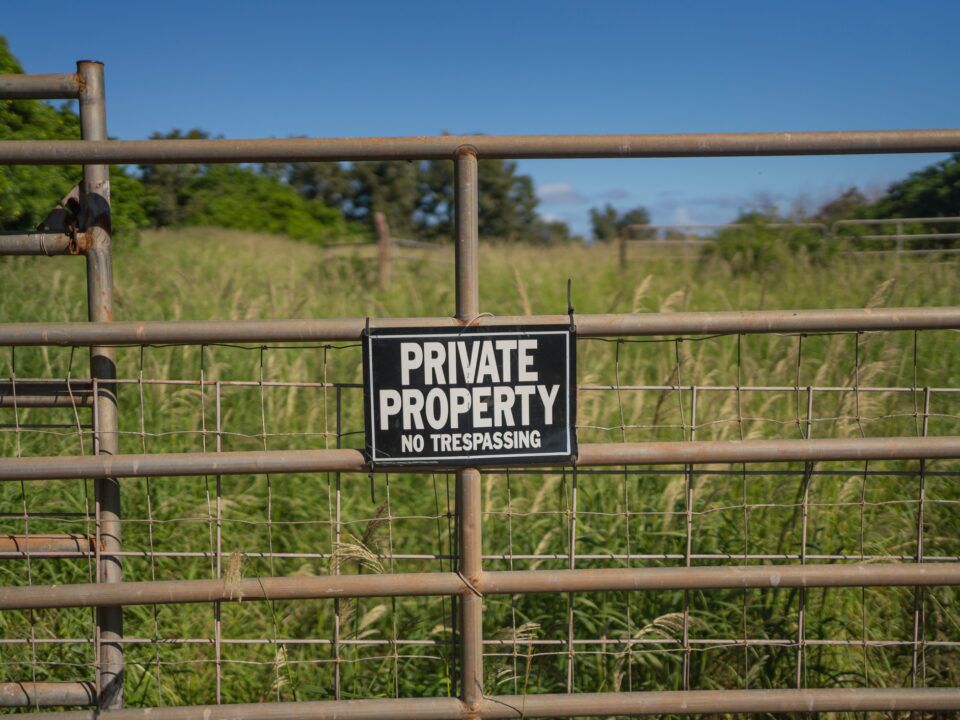This week’s trek exploring changes in small Texas towns focuses on the Matagorda Bay region. It’s the first in a series looking at towns along the Texas Gulf coast. While poring over population data, I noted that many coastal Texas towns were experiencing declining or at best minimal population growth. My curiosity drives me to gain a better grasp of why.
Unlike Florida and California, Texas does not have an interstate highway paralleling its coastline. From an ecological perspective, this is great news. The closest Texas comes to having a coastal highway is SH 35 from Houston south to Corpus Christi.
Potential In Wharton
The region just north of the Golden Crescent offers some of the wildest, most remote getaways in Texas. Wharton is where I started my journey. Though not really on SH 35 or the coast, the town is influenced by both Houston and coastal industries in neighboring Matagorda County. It’s the county seat of Wharton County and has a very attractive, historically significant courthouse that adds to the character of the community as well as injecting the baseline economic stimulus that county government provides. With a population of 8,781 in 2024, the town has been growing slowly at a little less than 0.5 percent per year.
The town’s history can be traced to some of Stephen F. Austin’s original colonists. Early settlers came from Kentucky, Alabama, Virginia, Georgia, and Mississippi. Later, inhabitants included European Jewish immigrants who helped establish a mercantile presence. Other immigrants included Swiss, German, Czech, and Mexican settlers. The town was incorporated in 1902 and has a regional reputation as a cultural center because of its libraries, parks, junior college, prevalence of concerts, and diverse industries as well as medical care. In recent years the town has continued to grow slowly but has struggled to maintain the vibrance it once enjoyed. There is still great potential waiting to be tapped again.
Bay City Revival
Down the road a bit is Bay City which, unlike Wharton, has been slowly losing population. From a visitor’s perspective, Bay City appears fresher and more prosperous, perhaps because damage from tropical storms likely forced the repair and updating of the town’s structures over time. Bay City is the county seat of Matagorda County. Matagorda is translated as dense thicket or thick brush in Spanish, so named for the native canebrakes along the Colorado River and Caney Creek. Karankawa and later Tonkawa Indians inhabited the region. The county was created in 1836 out of a Spanish Municipality. The Colorado River flows on the west side of town and empties into East and West Matagorda Bays and the Gulf at the town of Matagorda (population estimated at about 503 today).
History of Matagorda
The history of the town of Matagorda is both fascinating and tragic. The town is on SH 60 and the Atchison, Topeka, and Santa Fe rail line. The town was founded in 1827 and is the third oldest Anglo-American town in Texas. It was one of three settlements established by Stephen F. Austin. In 1827, after laying out the town, Elias Wightman led about 60 immigrants, mostly from New York, to Matagorda. James Selkirk, son of William Selkirk, was one of Austin’s Old 300 and a surveyor for Austin’s colonies. He constructed one of the first docks and warehouses in town to handle freight moving up and down the Colorado River. The town became the second busiest port in Texas after Galveston for much of the 19th century. From the beginning, cotton was important to the local economy. By the early 1830s, the town was the closest port to New Orleans and served as an entry point for immigrants arriving and had a population of about 1,400 residents.
The Town of Matagorda was quite a happening place in those days and became a cultural center. The port of Matagorda was served by the Morgan Steamship line until travel by steamship became less popular. A blockade of the port during the Civil War interrupted trade and contributed to the end to the early economy leading to Matagorda’s decline.
After the war, farmers turned to cattle ranching. During the interceding years, the town was repeatedly damaged by major hurricanes, which in part prompted moving the county seat to Bay City. In the 1920s, oil wells and the Texas Gulf Sulphur Company revived the economy for a time, but another storm in 1942 caused catastrophic damage and prompted construction of a levee system to protect what remained of the town. Matagorda became, and still is, a tourist and resort community. It now boasts a new harbor for sport fishermen and over the last few decades has benefitted from the building of luxury resort homes, which are all strategically perched on piers above anticipated levels of storm surge.
One new industrial project, the “Big Hill Project,” has the potential to revive the economy in the area. Reportedly, it consists of just under 5,000 acres situated over the salt dome caverns that lie just beneath where Texas Gulf Sulfur operated (between Matagorda and Sargent). Those 11 to 12 underground salt domes, which have never been compromised, have a capacity of about ten million barrels each. The land has dockage on the intercoastal waterway and plans are to build an industrial complex that will employ hundreds in the making and storage of hydrogen, ethanol, building an offshore LNG port, desalinization plant, storage of CO2 and hydrocarbons, and other ingenious new technologies built around the unique capabilities of the site. The company has plans to spend $6 to $8 billion on this and other sites making hydrogen a competitive and cleaner fuel of choice for generation of electricity. Huge investments of capital are flowing into this project, according to a Realtor who put the deal together.
The Palacios Project
Palacios is the last town on this trek. Located halfway between Houston and Corpus Christi on SH 35, its population in 2024 was estimated at 4,365, down slightly from 4,400 in 2020. The original townsite was once part of the ranch owned by one of Texas’ most colorful rancher/entrepreneurs, Abel H. (Shanghai) Pierce.
The town is at Hamilton Point on Tres Palacios Bay. Surveyed in 1902, it’s younger than other towns I have profiled. Cotton and rice were the early foundations of the economy along with fishing and seafood processing. Ranching and aquaculture (fish and shrimp farming) became important for a while, but the entry of Celanese Chemical Company and the South Texas Nuclear Project, among other industrial plants, provided employment for thousands.
Since the South Texas Project, as it is now called, lies within the Palacios school district, the school is well funded by tax revenues. Palacios has a newly renovated seawall, numerous parks with three on the waterfront that are well maintained and is home to the Matagorda County Navigation District No.1 port, which has the capacity of three large turning basins and home port to many vessels and seafood businesses—including the largest shrimp fleet in Texas—with easy access to the Matagorda Ship Channel.
Though Palacios is not seeing population growth yet, it’s a very attractive town with homes facing the waterfront. A few new homes are being built currently, and I personally believe the town will experience a renaissance in coming years.
Credits: All notations on history of towns in this article were sourced from The Texas State Historical Association.
In This Post
From Trails to Tech
You might also like
Publications
Receive our economic and housing reports and newsletters for free.




